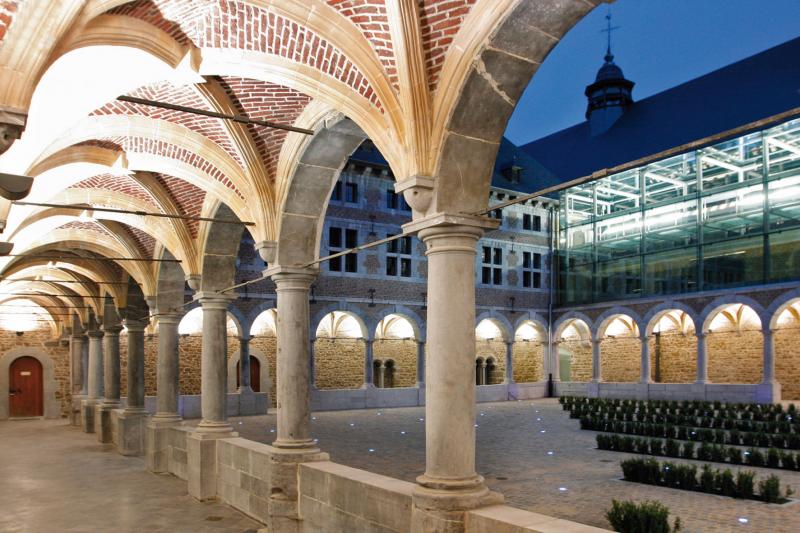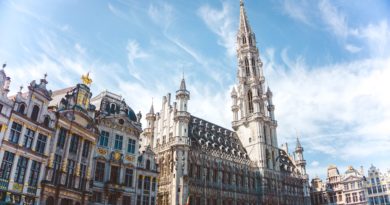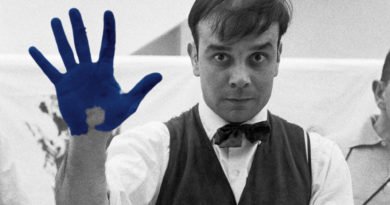Museum of Walloon Life: an intriguing experience
Wallonia, the French-speaking part of Belgium, has a rich, varied and, sometimes, turbulent history. And, for an insight into the relatively recent past of the region, the Museum of Walloon Life at Liege makes for an intriguing experience.

It houses over 100,000 exhibits on Walloon history and culture from the 19th century, plus traditional Liege puppet shows.
A sophisticated scenography depicts objects and archival material and mixes ancient and contemporary elements. Different themes focus on Walloon society, its people, ideas and know-how.
It is said to be the most extensive folkloric museum of Belgium, a vast collection too varied for brief description, but conveniently grouped and vividly presented by multi-media effects in each exhibit room.
Even subjects such as the Walloon’s attitudes towards death and funeral ceremonies become absorbing when viewed here. In the basement is a reproduction of a Walloon coal mine, accompanied by a guide delivering an indignant commentary on the hardships endured by 19th-century, Belgian coal miners of the Liege area.
It is part of the region’s past that is sometimes overlooked by today’s generation.
This is a modern museum but one which gives the visitor an insight into festivals, religions, superstitions of years gone by,including the “dogcarts”, which were used to transport milk or what was known as a “wish tree”, where the sick would nail their bandages so their ailments would be cured.
Located in the heart of Liège, in the magnificent former monastery of the Liege Friars Minor, the museum offers a delightful insight into everyday life in Wallonia, from human and social history to economy, literature, crafts and popular celebrations and beliefs.
It features an excellent documentation centre and hosts tours and activities for every age and taste, together with regular temporary exhibitions. It also takes an active part in many events, such as the local Heritage Days, the Wallonia Festival and the “Night of the Hills” celebration.
Audio visual guides are available in various languages, including English, to help the visitor navigate their way around this fascinating place.
There’s also a pleasant small restaurant serving local beers and regional specialities and, until 7 January, a temporary exhibition on toys.
If you are looking for ideas for an educational day out, consider this museum – one of Wallonia’s must-dos!



